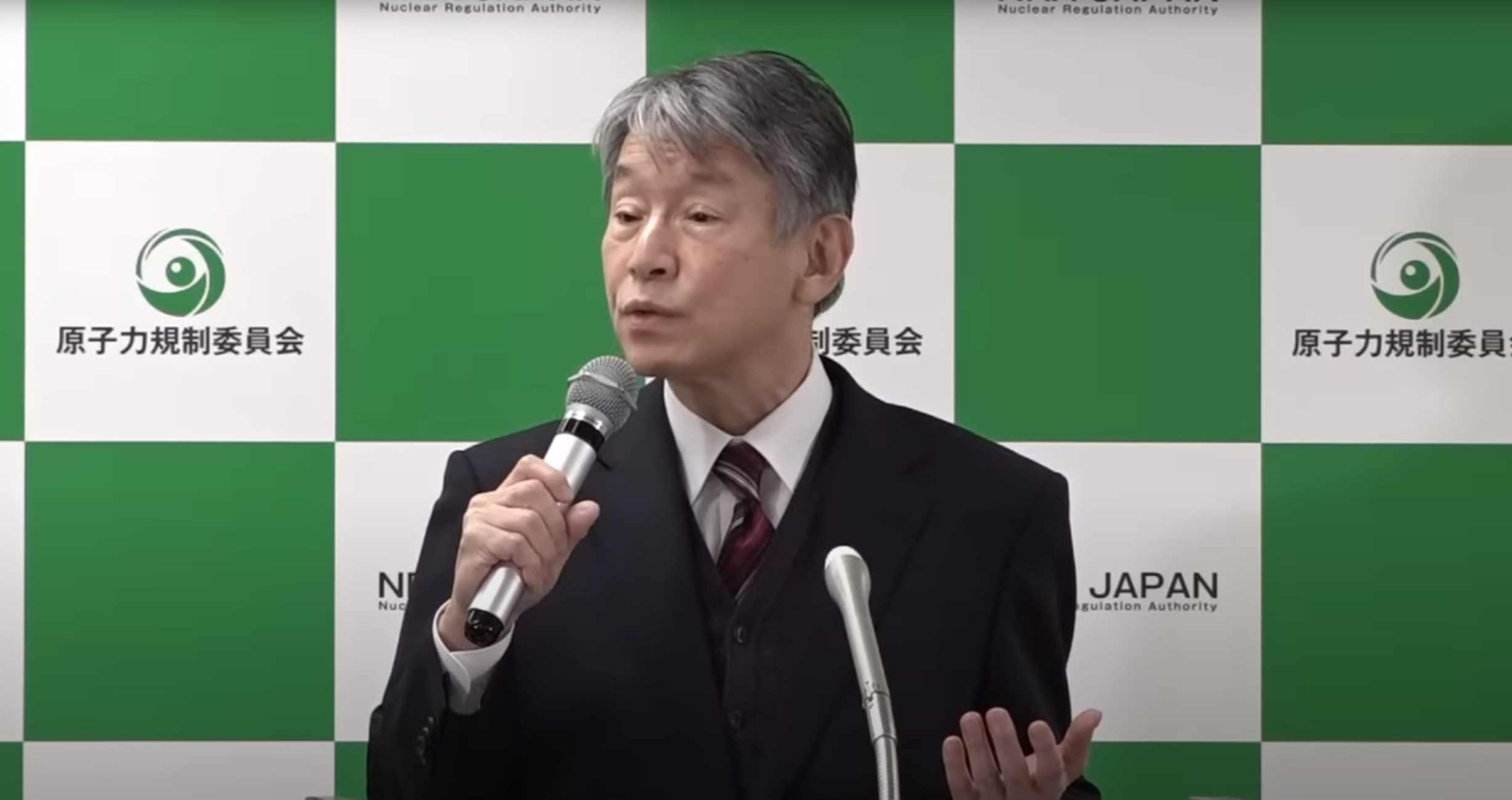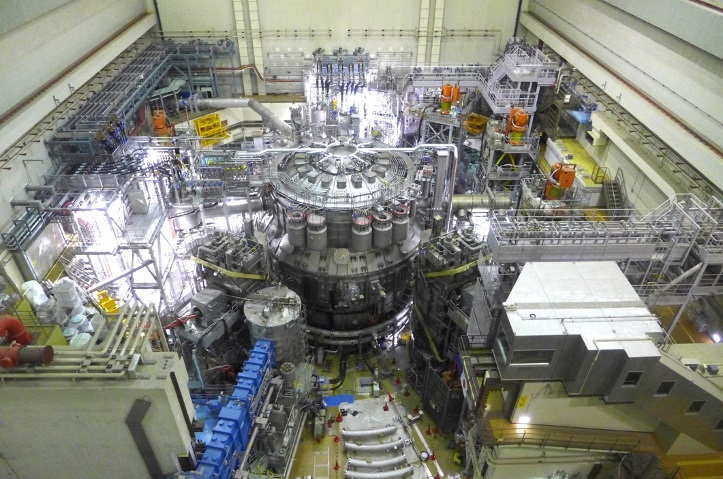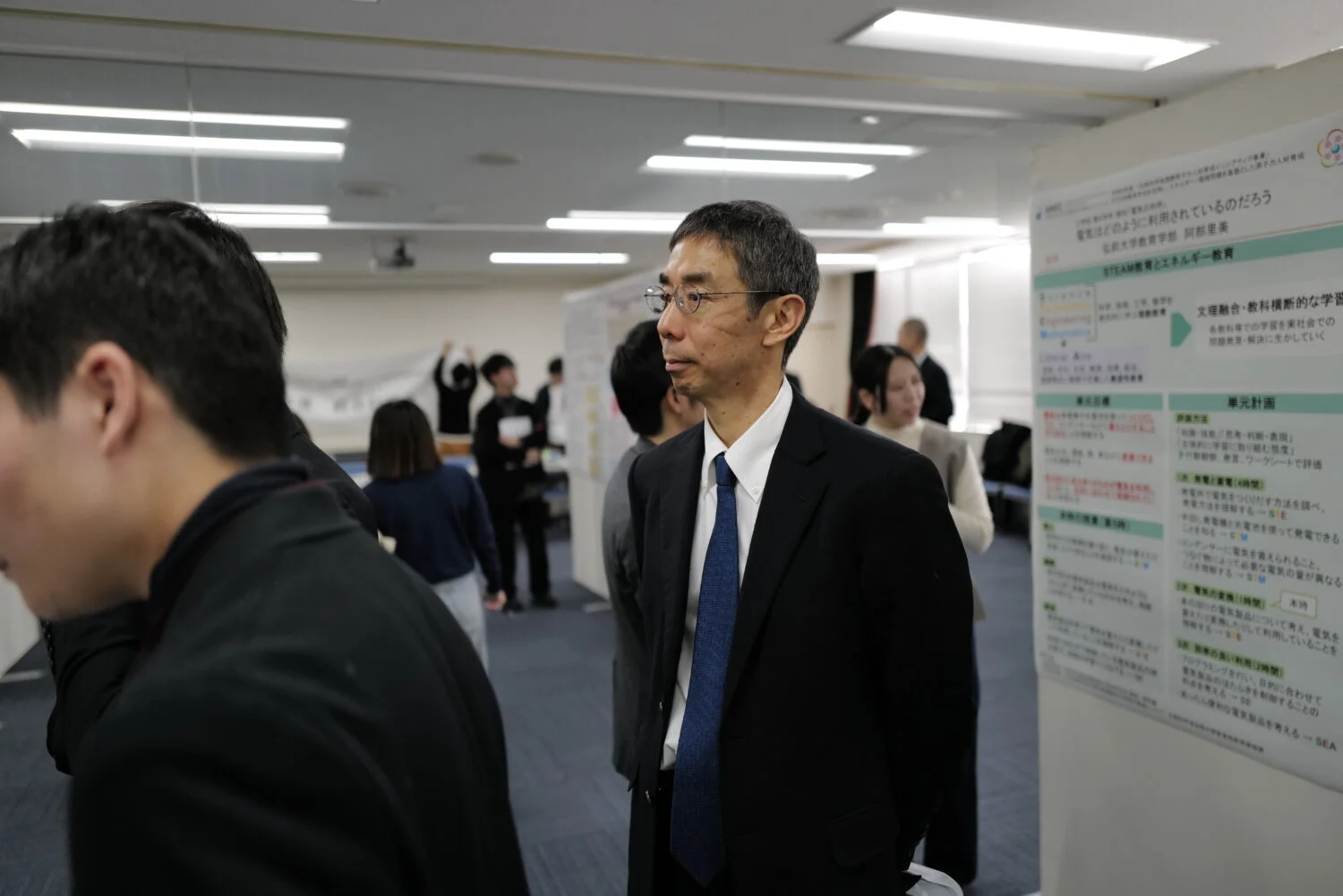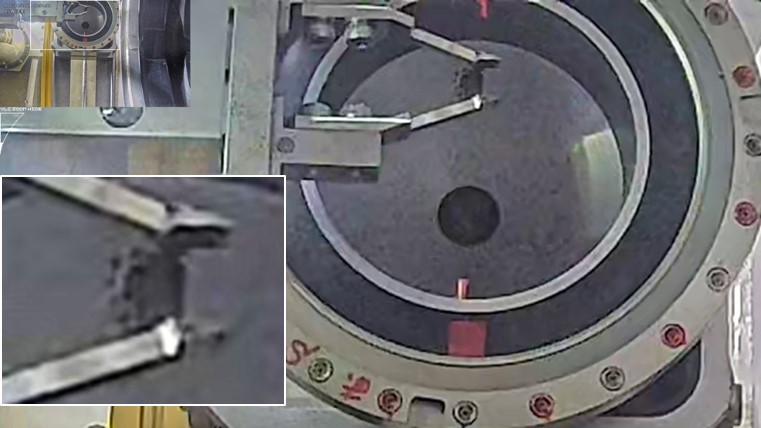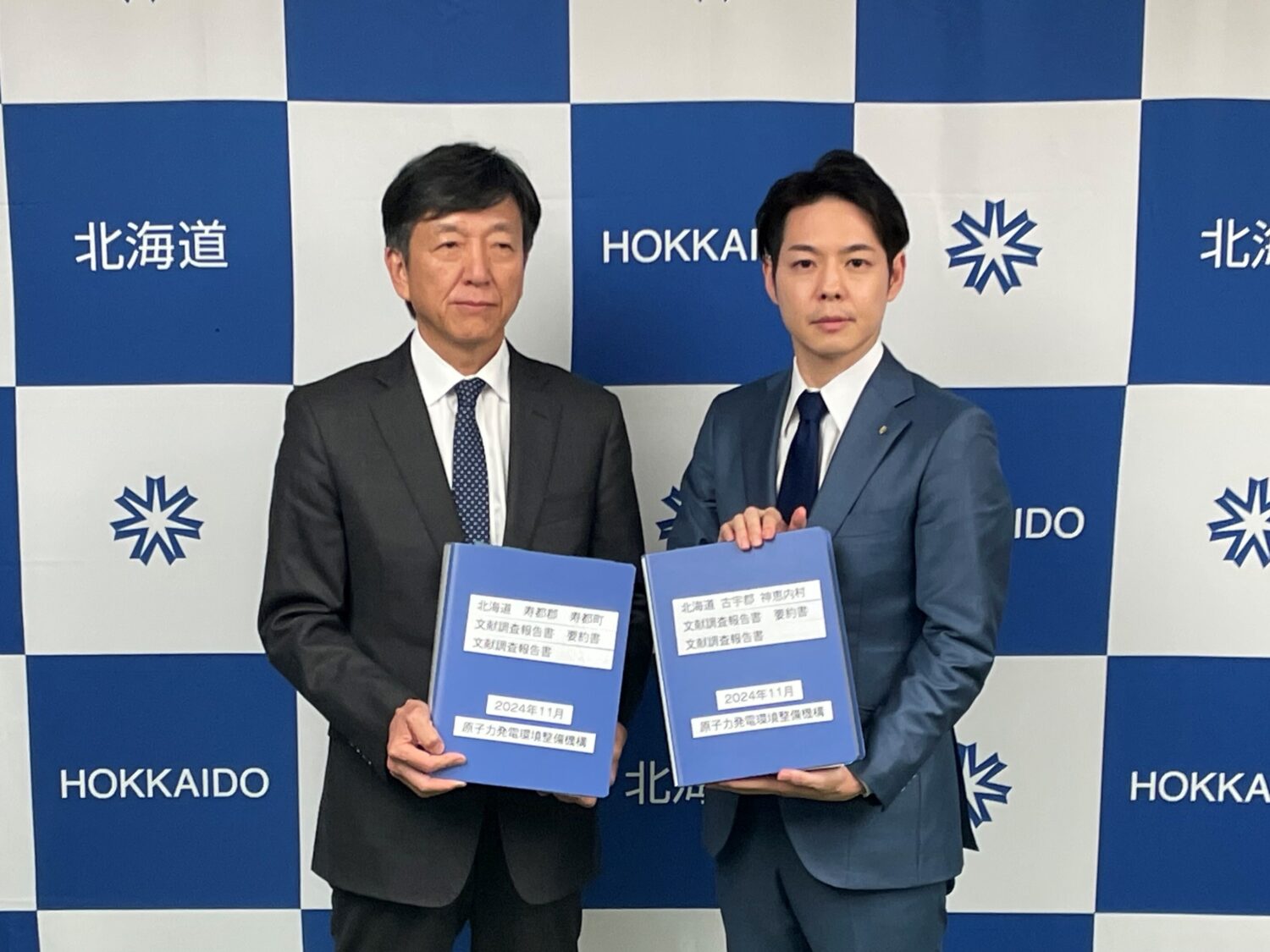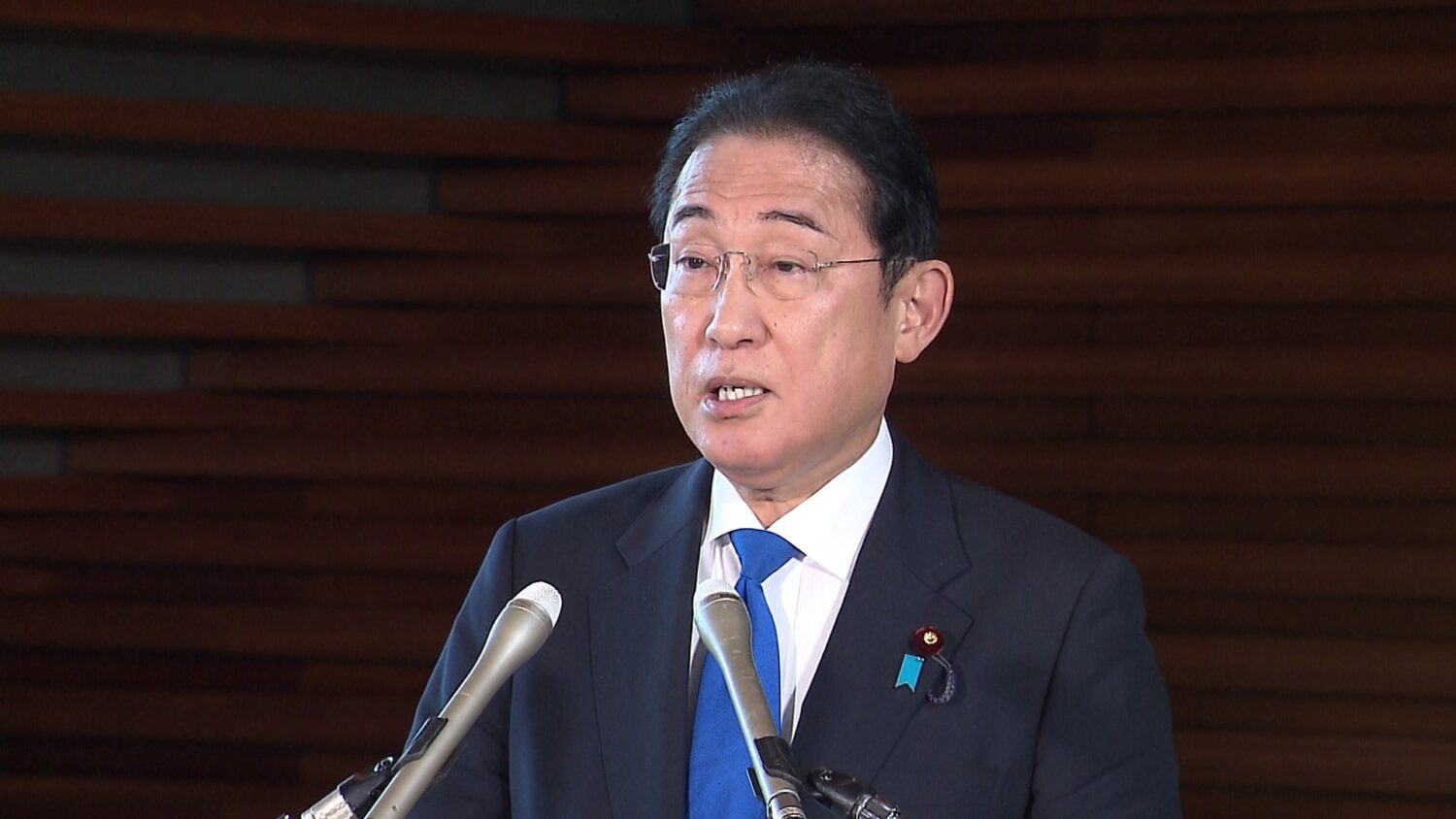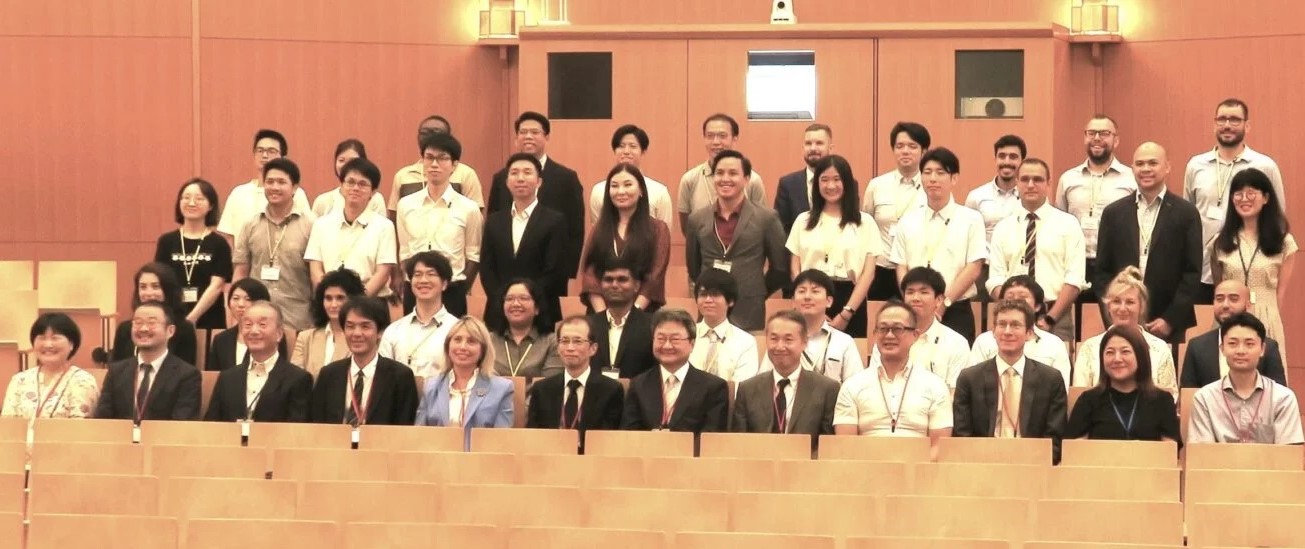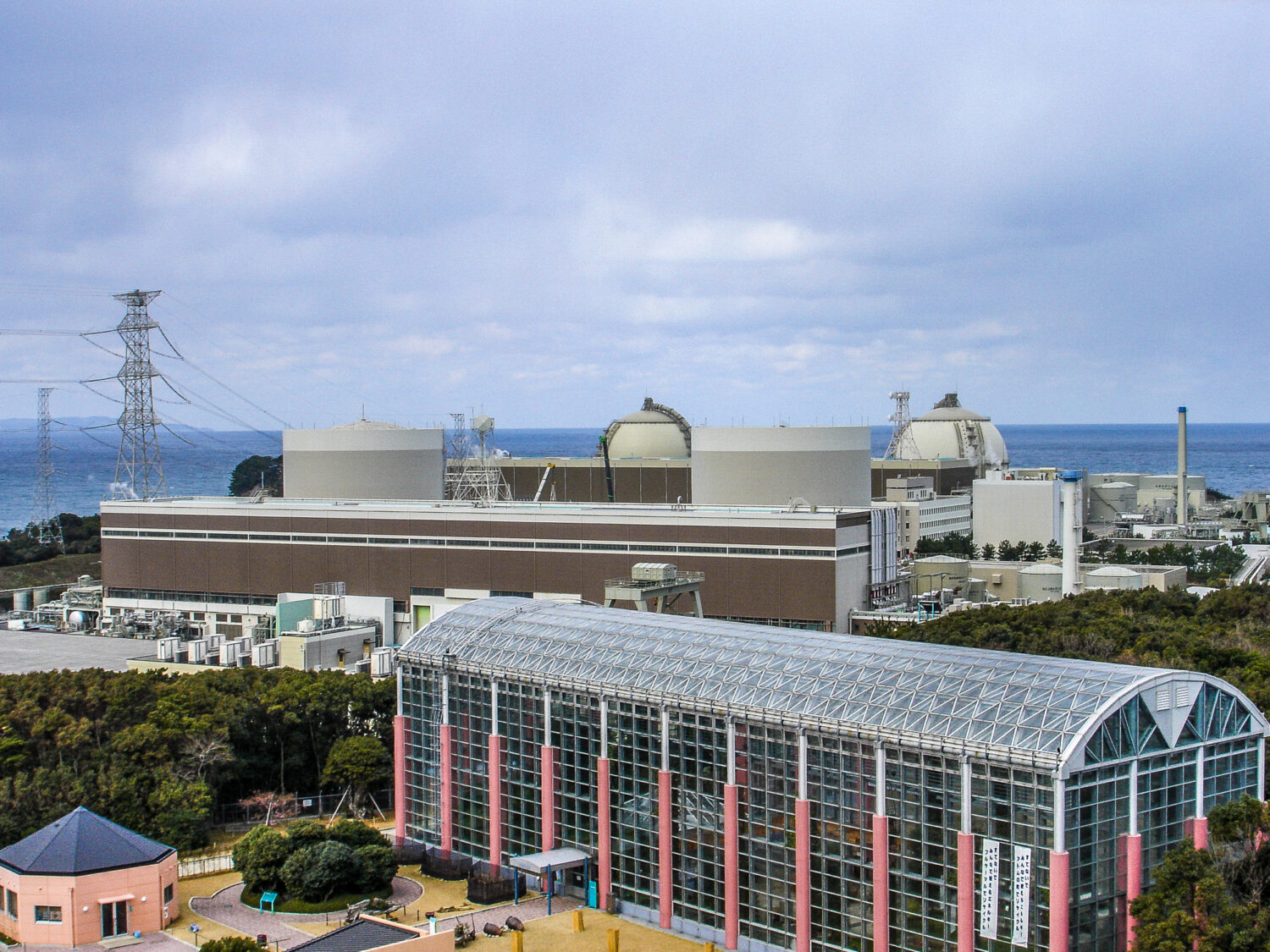At the previous meeting of the team, held at the end of May, the JAEA had announced its postponement of the start of fuel removal from the core, from the initial plan of July to October. That decision was based on its desire to begin the removal only after a sufficient preparatory period was taken to ensure safety, in the light of various faults and phenomena observed until then in the course of work, training simulations, and so forth. It also reduced the number of assemblies to be removed in the first round from 110 to 100.
At the most recent meeting, the JAEA representatives explained that the agency would institute “hold points” in the process of fuel removal from Monju, allowing precise states and conditions to be verified before proceeding to the next step. Specifically, they are: (1) the beginning of process function tests (in late August) using neutron shields (simulating fuel assemblies) to check the automatic removal operations, and (2) the start of the removal of the fuel assemblies (in late October), after self-inspections of the fuel handling facility and simulation training.
At the same meeting, the JAEA representatives also outlined specific measures regarding faults and phenomena, as well as such matters as the details of the work system and the specific nature of the training. The work system comprises an operation team (five groups of five people each) to operate the fuel handling facility, and a facility team (four groups of four people each) to support the operation team. Both teams will fall under the jurisdiction of a single implementation manager. Meanwhile, the training will entail on-the-job training in facility operation, training on the plan, and training in responses to problems (including a simulation of the sudden stoppage of automatic operations).
The fuel assemblies—all to be removed from the reactor during FY22 (ended March 31, 2023)—will be transferred to a fuel storage tank outside the core, and then to a fuel pond from that tank.


